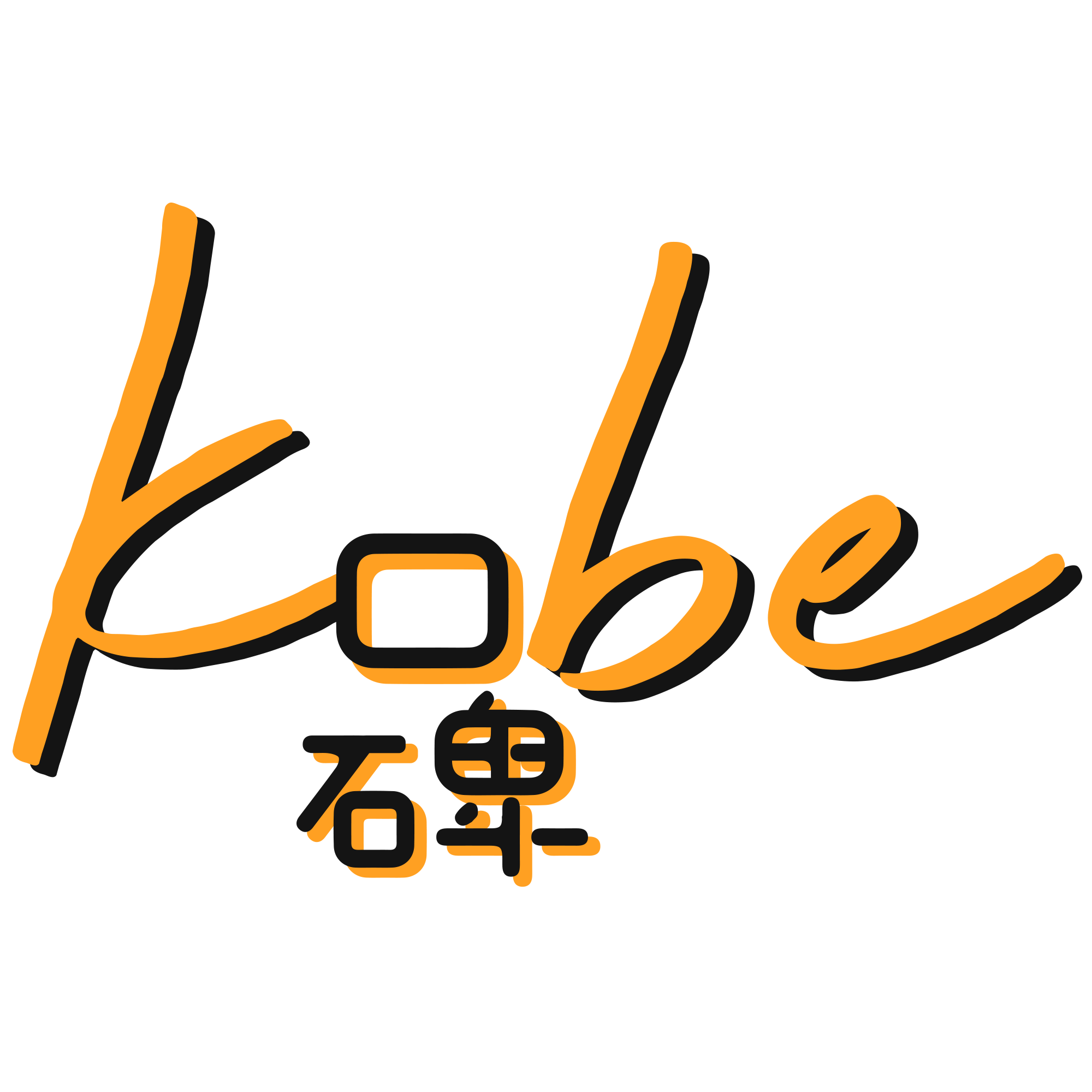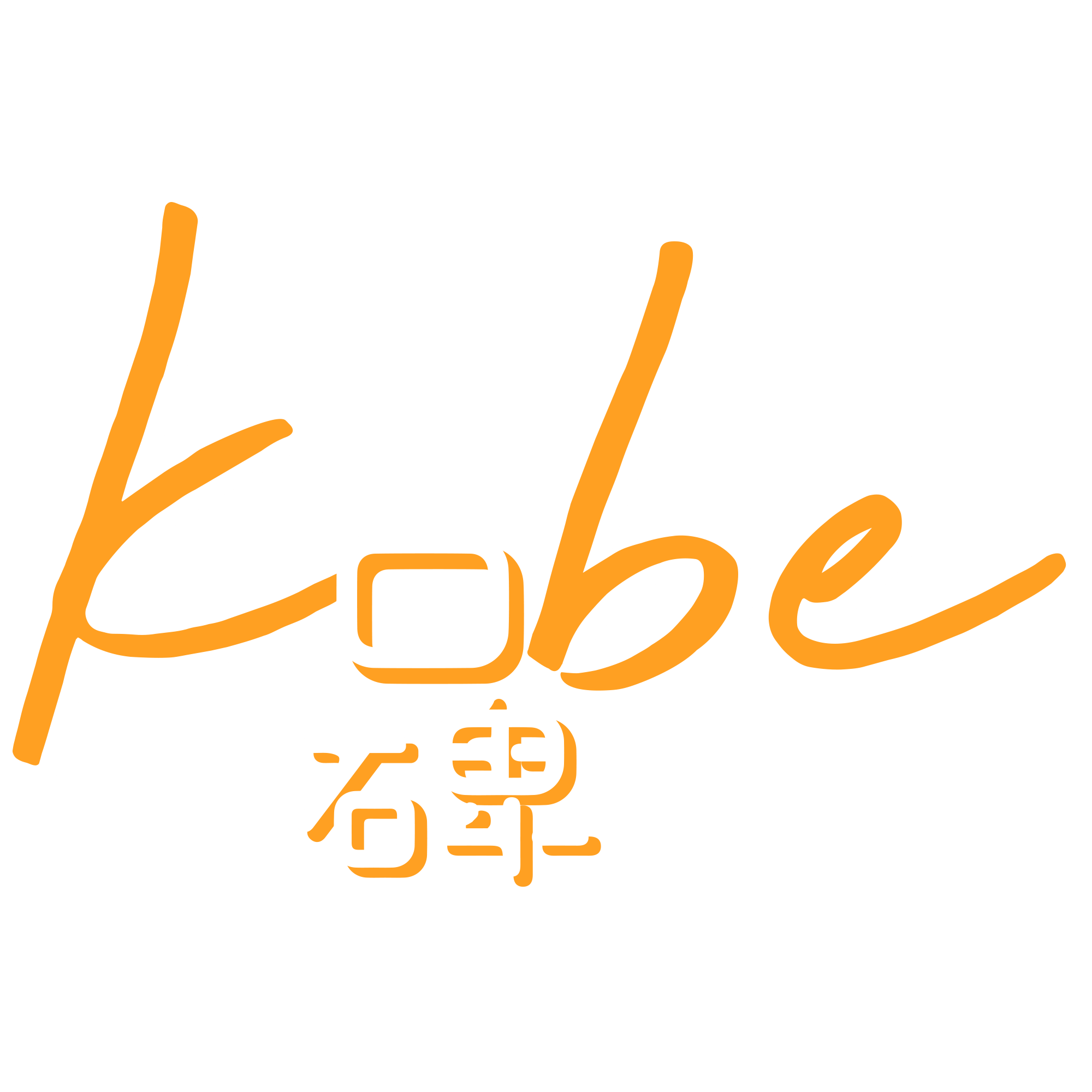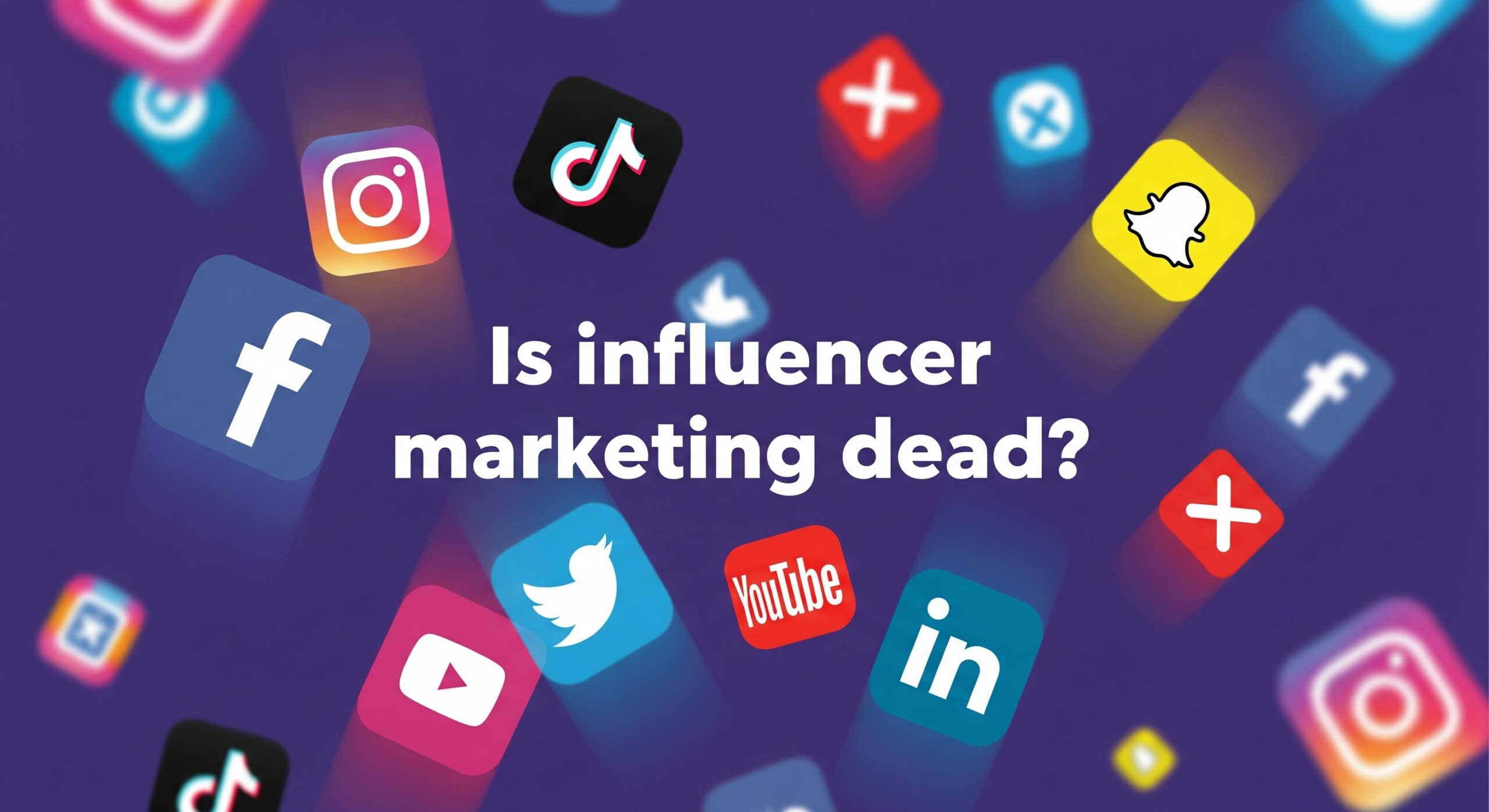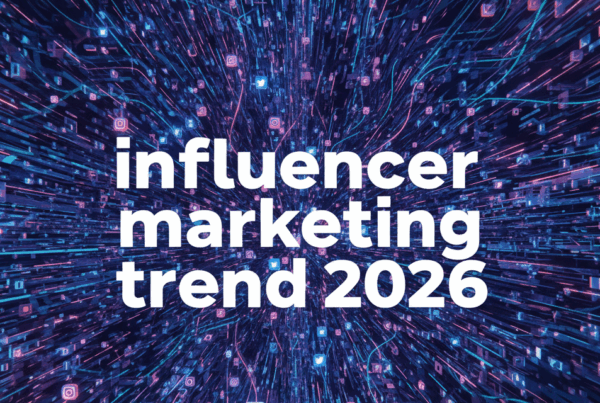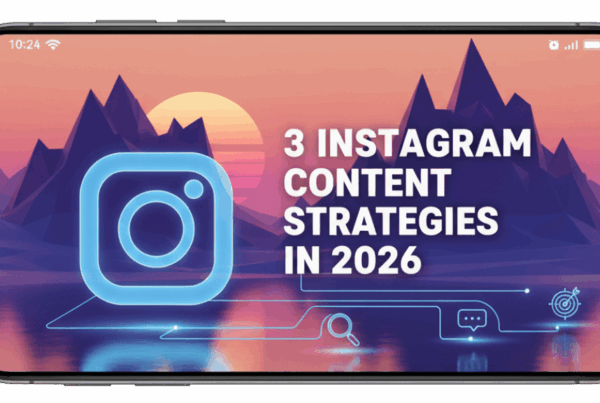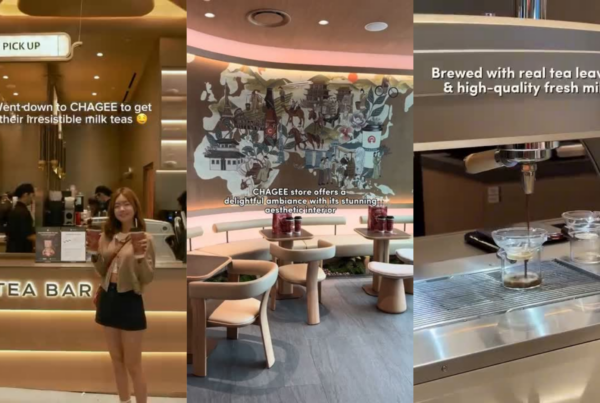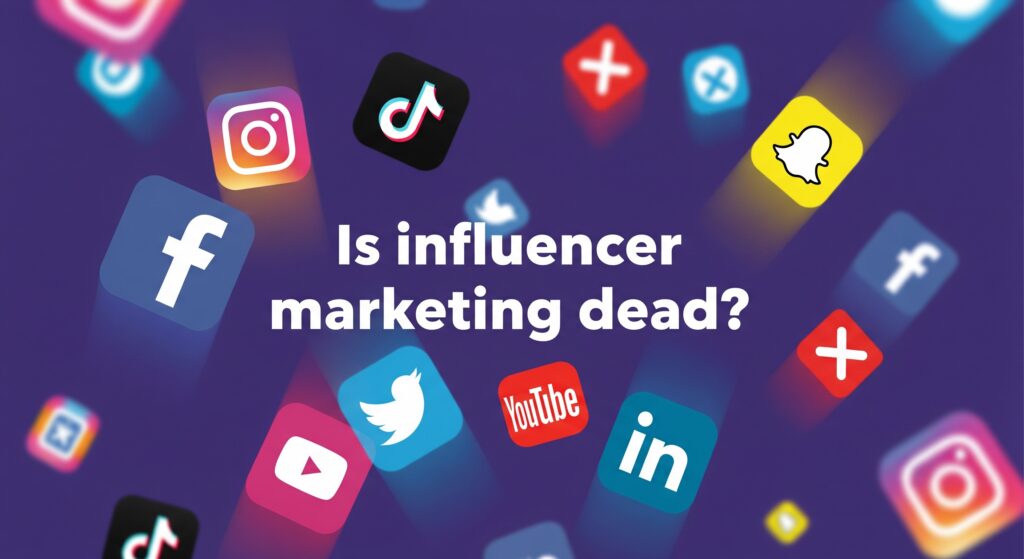
The whispers have grown louder in marketing circles: “Is influencer marketing dead?” Once hailed as the golden child of digital strategy, connecting brands with vast audiences through popular personalities, influencer marketing now faces scrutiny. The traditional perception of it often revolved around celebrity endorsements and sheer follower counts. However, to declare it “dead” would be a misdiagnosis. What we are witnessing isn’t an end, but a profound evolution – a shift from a popularity-based model to a content-based algorithm, giving rise to what we now call “creator marketing.”
This article will delve into why influencer marketing isn’t dying but transforming. We’ll explore the algorithmic changes driving this shift, define the new paradigm of creator marketing, and discuss how brands can adapt to harness the power of genuine influence in this evolving landscape.
The Rise and Limits of “Popularity-Based” Influencer Marketing
The early days of influencer marketing were characterised by rapid growth and seemingly limitless potential. Brands rushed to collaborate with individuals boasting massive follower counts, believing that sheer reach alone would guarantee success. The focus was heavily on quantitative metrics: how many followers did they have? What were their impression numbers? Campaigns often mimicked traditional advertising, with influencers delivering polished, sometimes overtly commercial, messages.
However, this “popularity-based” approach soon encountered significant challenges:
- Lack of Authenticity: As collaborations became more commercialised, content often felt scripted and inauthentic, leading to audience scepticism and a decline in trust.
- Follower Fraud & Bots: The emphasis on follower count led to widespread issues of fake followers and engagement bots, artificially inflating metrics and distorting ROI.
- Diminishing Returns: Brands found that purely celebrity-driven campaigns, while offering broad reach, often struggled to generate genuine engagement or convert audiences effectively.
- Audience Fatigue: Consumers grew tired of repetitive, sponsored content that lacked genuine passion or unique insights.
These issues chipped away at the perceived effectiveness of traditional influencer marketing, prompting the industry to seek a more sustainable and impactful approach.
The Algorithm’s Revolution: Content Takes Center Stage
The most significant catalyst for the evolution of digital influence has been the fundamental shift in social media algorithms. Platforms like TikTok, Instagram’s Reels, and YouTube’s Shorts have moved away from prioritising content based solely on who you follow or the size of an account. Instead, their algorithms now heavily emphasise content quality and engagement signals.
This means that:
- Engagement is King: Algorithms now prioritize metrics such as watch time, saves, shares, comments, and genuine interactions over just follower numbers. Content that keeps users hooked and encourages them to engage is favored.
- The “For You Page” Effect: Platforms actively push highly engaging content to users who might not even follow the creator. This “For You Page” or “Discovery” mechanism allows content to go viral even from accounts with relatively small followings, if the content itself is compelling.
- Democratized Reach: The emphasis on content quality democratizes reach. A brilliantly creative video from a nano-creator (someone with a few thousand followers) now has the potential to reach millions, a feat previously reserved for mega-influencers.
This algorithmic revolution means that authenticity and the ability to create truly captivating content are now the most valuable currencies in the digital sphere.
Enter “Creator Marketing”: A New Paradigm of Influence
Given the algorithmic shift, the term “influencer marketing” often feels outdated, reflecting a time when influence was purely a function of popularity. The new paradigm is “creator marketing,” signaling a crucial change in focus:
- From “Influencer” to “Creator”: The emphasis moves from simply having influence to actively creating valuable, engaging content. Creators are artists, storytellers, educators, and entertainers first.
- Content Quality as the Foundation: Creator marketing prioritises high-quality, authentic storytelling, niche expertise, and genuine community building. The content itself becomes the primary driver of connection and conversions.
- Authenticity and Relatability: These are not just buzzwords but core tenets. Creators build trust by sharing genuine experiences and insights, fostering a deeper connection with their audience.
- The Rise of Micro and Nano Creators: These creators, with their smaller but highly engaged communities, are increasingly valuable. Their specialised content often leads to higher engagement rates and more targeted reach, making them incredibly effective in the new algorithmic landscape.
- Relationship Building: Brands are moving towards fostering long-term, collaborative relationships with creators, viewing them as partners in content creation and brand advocacy, rather than one-off advertisers.
Key Characteristics of Effective Creator Marketing Strategies
To thrive in this evolving environment, brands must adopt strategies that align with the principles of creator marketing:
- Content-First Approach: The focus must be on developing compelling, platform-native content that genuinely adds value to the audience, whether it’s educational, entertaining, or inspiring.
- Authenticity is Non-Negotiable: Empower creators to tell their stories in their own voice. Overly scripted or inauthentic campaigns will be quickly identified and rejected by algorithms and audiences alike.
- Niche & Community Focus: Instead of chasing mass audiences, brands should identify and tap into passionate, engaged niche communities where creators have deep-rooted trust.
- Long-Term Partnerships: Building sustained relationships with creators fosters genuine brand advocacy and allows for more organic, evolving content narratives.
- Transparent Metrics: Move beyond vanity metrics like raw follower counts. Focus on measuring true engagement (comments, shares, saves, watch time), conversions, and shifts in brand sentiment.
- Strategic Platform Selection: Understand which social media platforms best suit your content type, target audience, and campaign objectives. What works on TikTok might not resonate on XHS, and vice versa.
Conclusion: The Evolution, Not the End
So, is influencer marketing dead? Absolutely not. It has merely shed its skin, evolving from a broad, often superficial, popularity contest into a more sophisticated, content-driven, and authentic form: creator marketing. This shift is a direct response to the maturing social media landscape and the evolving expectations of consumers who crave genuine connections and valuable content.
The future of digital influence is creator-centric. Brands that recognise this evolution, embrace authentic storytelling, prioritise content quality, and foster genuine partnerships with creators who deeply understand their communities will not just survive but thrive. By adapting to this new paradigm, marketers can unlock unparalleled growth, build stronger brand loyalties, and ensure their messages truly resonate in a world increasingly driven by valuable content.
